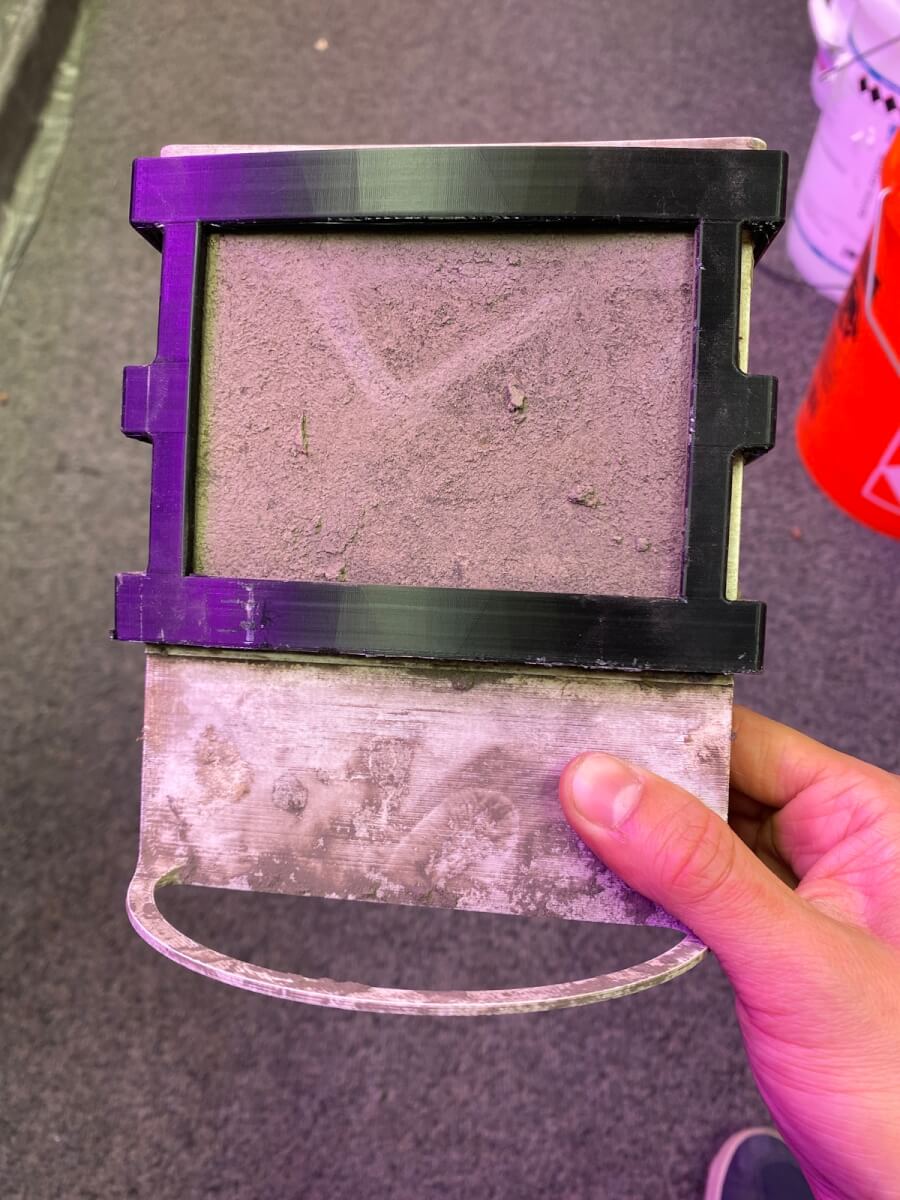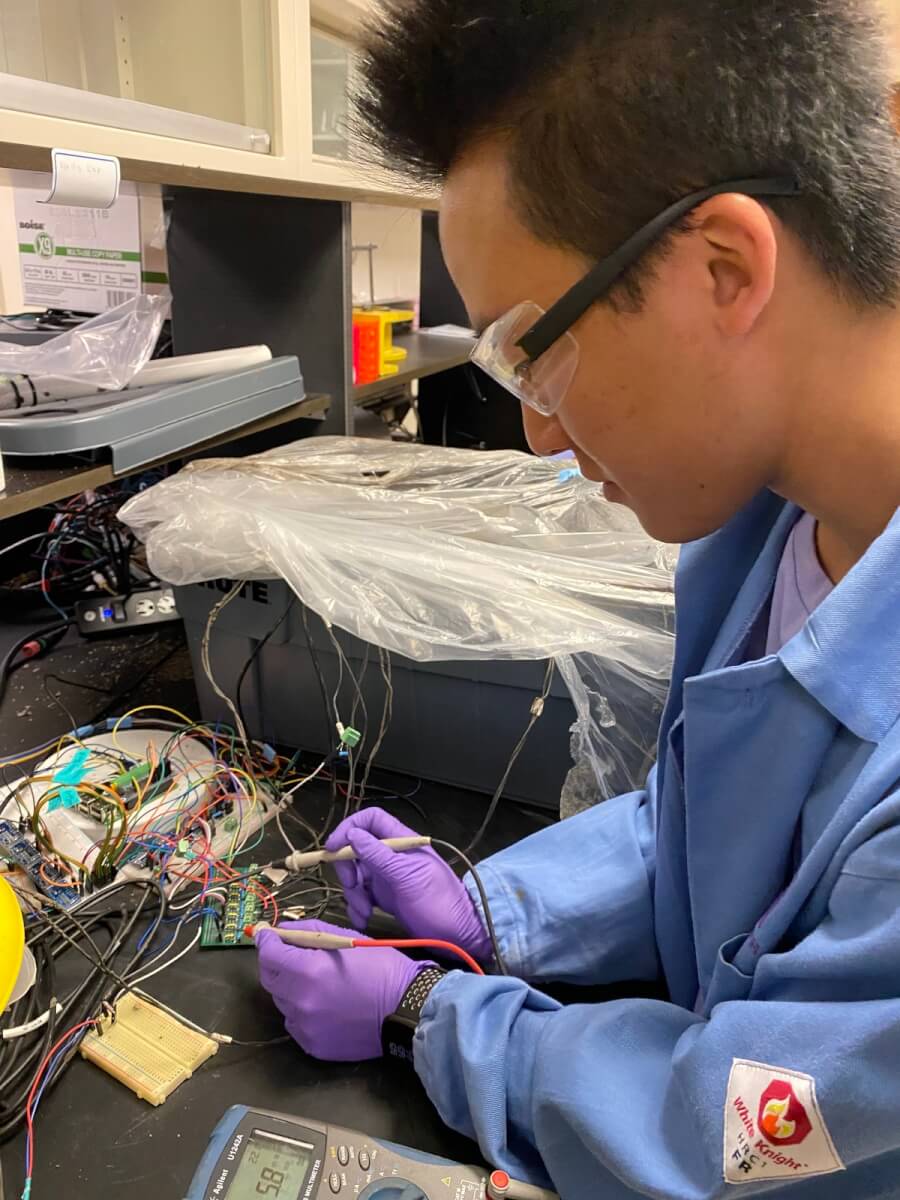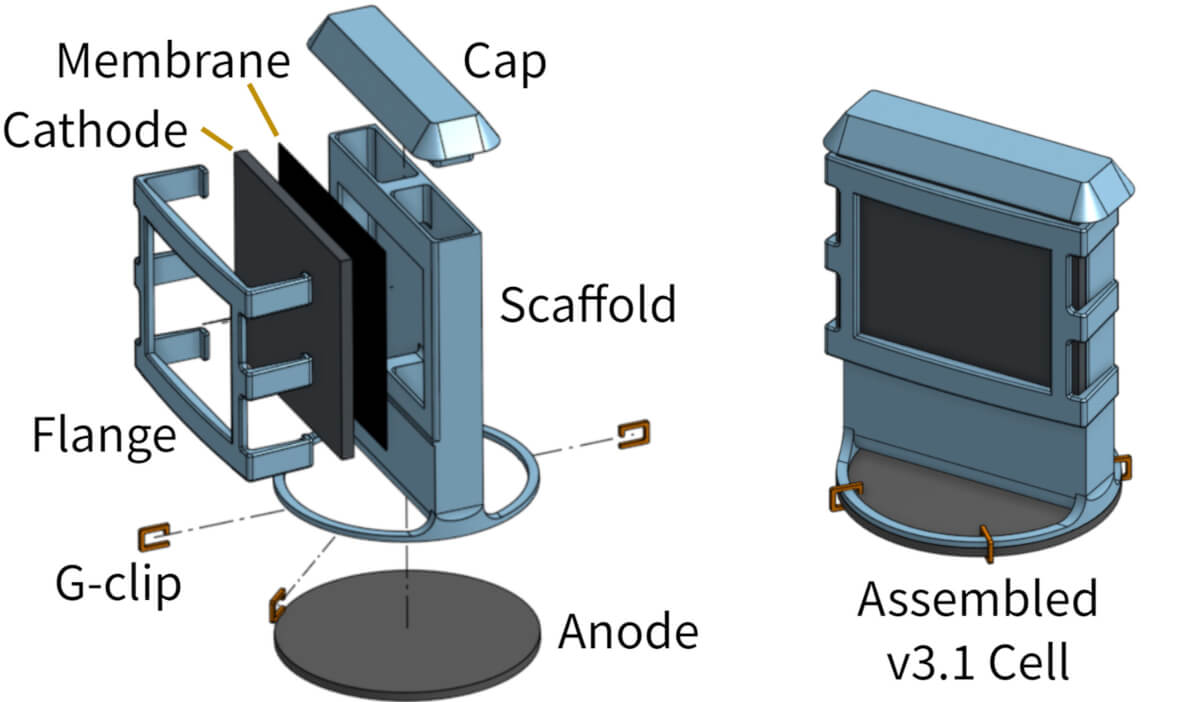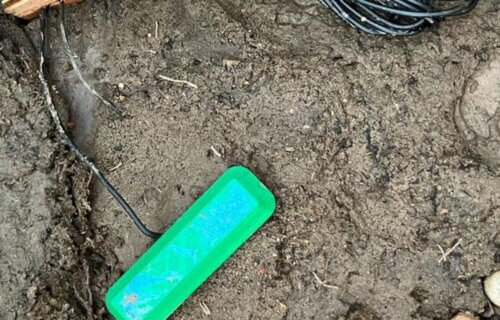EVANSTON, Ill. — A new fuel source has been right under our feet the entire time — and scientists are not talking about oil. Northwestern University researchers have made a revolutionary advancement in sustainable energy by developing a novel fuel cell powered entirely by microbes in dirt. This innovation, about the size of a standard paperback book, offers a promising renewable energy alternative to traditional batteries, which often contain toxic chemicals and have environmentally harmful supply chains.
The soil-powered technology, ideal for powering underground sensors in precision agriculture and green infrastructure, could revolutionize how we manage and monitor agricultural environments. Unlike batteries that contain hazardous substances and contribute to electronic waste, this soil-based fuel cell harnesses energy sustainably and harmlessly.

In tests, researchers successfully used the new fuel cell to power sensors that measure soil moisture and detect touch, an important feature for tracking wildlife. The device also includes a tiny antenna for wireless data transmission to a base station, enhancing its functionality in field applications.
Remarkably, the fuel cell’s performance exceeded similar technologies by 120 percent, proving effective in both wet and dry soil conditions. This adaptability is crucial for reliable operation in varying agricultural environments.
The research is particularly significant as the team has made all their designs, tutorials, and simulation tools publicly available. This open-source approach encourages further innovation and application in the field.

“The number of devices in the Internet of Things (IoT) is constantly growing,” says study author Bill Yen, a Northwestern alumnus, in a university release.
“If we imagine a future with trillions of these devices, we cannot build every one of them out of lithium, heavy metals and toxins that are dangerous to the environment. We need to find alternatives that can provide low amounts of energy to power a decentralized network of devices. In a search for solutions, we looked to soil microbial fuel cells, which use special microbes to break down soil and use that low amount of energy to power sensors,” Yen continues.
“As long as there is organic carbon in the soil for the microbes to break down, the fuel cell can potentially last forever.”
The microbial fuel cells (MFCs) operate like a battery, with an anode, cathode, and electrolyte. However, instead of chemicals, they use bacteria naturally present in soil, which release electrons during the decomposition of organic matter. These electrons flow from the anode to the cathode, creating an electric circuit that generates power.
“If you want to put a sensor out in the wild, in a farm or in a wetland, you are constrained to putting a battery in it or harvesting solar energy,” explains Yen. “Solar panels don’t work well in dirty environments because they get covered with dirt, do not work when the sun isn’t out and take up a lot of space. Batteries also are challenging because they run out of power. Farmers are not going to go around a 100-acre farm to regularly swap out batteries or dust off solar panels.”
While MFCs have been known for over a century, their practical application has been limited due to performance issues in low-moisture conditions. To overcome this, Yen and his team experimented with different designs and found success with a unique perpendicular geometry. The anode, made of carbon felt, lies horizontally, while the conductive metal cathode stands vertically, ensuring consistent hydration and oxygenation.

Researchers also plan to develop a fully biodegradable version of their soil-based MFC, moving away from conflict minerals and complicated supply chains.
“With the COVID-19 pandemic, we all became familiar with how a crisis can disrupt the global supply chain for electronics,” says study co-author Josiah Hester, a former Northwestern faculty member who is now at the Georgia Institute of Technology. “We want to build devices that use local supply chains and low-cost materials so that computing is accessible for all communities.”
The study is published in the journal Proceedings of the Association for Computing Machinery on Interactive, Mobile, Wearable and Ubiquitous Technologies.

How much energy is generated to be “120%” more than similar technology?
This most mportant fact is only missing from this story. Making this frustratingly incomplete. A failure of the writer, editor and publisher. My 2cents worth of constructive criticism.
That’s the problem with a ‘popular’ medium – designed to match the attention span of the average person. But if it’s true, then a brilliant and imaginative piece of research.